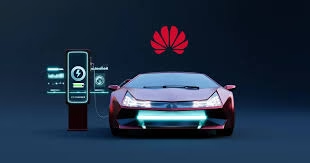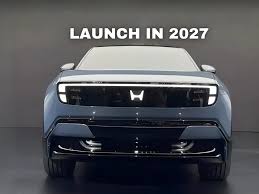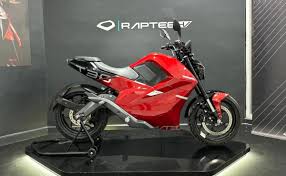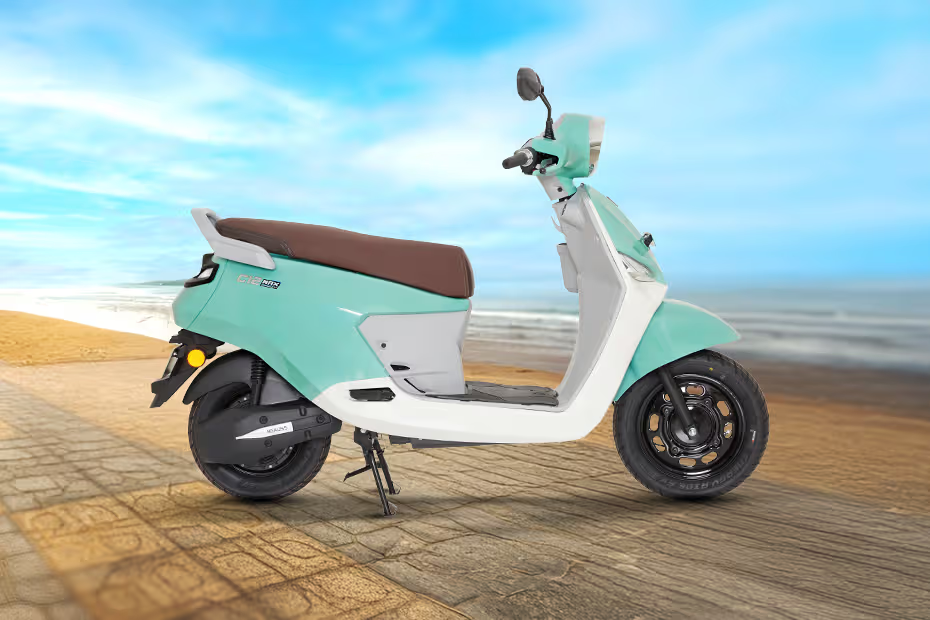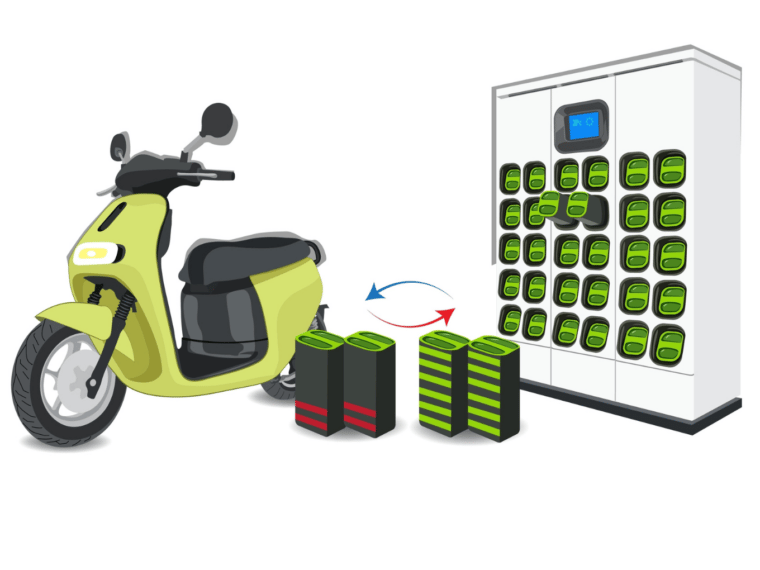Introduction
In a world that is hurtling towards electric mobility, where “range anxiety” and tedious charging times still trouble even the most advanced EVs, Huawei has just thrown a bombshell and developing Huawei’s Battery Patent.
The Chinese technology giant, already a telecom and AI behemoth, has submitted a revolutionary battery patent that could transform the global electric vehicle landscape. As per the official patent application, this new battery technology has two nearly unbelievable attributes:
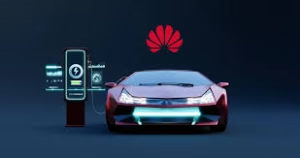
- A 5-minute full charge, and
- A driving range of up to 3,000 kilometers (1,864 miles) from a single charge.
5 minutes to fuel your EV for a trip longer than from New Delhi to Kanyakumari, or New York to Miami and back—without needing to stop for a charge. It’s not only a step forward; it’s a potential leap that could annihilate the most significant headaches of electric vehicles as we know them.
But is this innovation really what it appears to be?
Is the industry witnessing the dawn of a battery era that ends EV range anxiety, eliminates long charging stops, and possibly reshapes the global energy race?
As automakers and tech giants scramble for supremacy in the electric age, Huawei’s battery patent might change everything.
What the Patent Reveals
Huawei’s newly filed patent, listed with CNIPA, has caught the attention of scientists, engineers, and industry observers worldwide.
What Kind of Battery Is It?
Huawei is developing a lithium-metal-based battery, Huawei’s Battery Patent, with potentially solid-state elements. This is a departure from the traditional lithium-ion batteries employed in electric cars today. Lithium-metal batteries have a much higher energy density, but they have been considered unstable or unsuitable for commercial applications due to dendrite growth and heat issues.
Huawei suggests that it has overcome these hurdles through a blend of cutting-edge materials engineering and intelligent Huawei’s Battery Patent management algorithms.
- Key Innovations Pointed out in the Patent
- Ultra-Fast Charging (5 Minutes to Full)
Huawei’s Battery Patent outlines a battery architecture that can handle very high charging currents without degrading or overheating.
Super High Energy Density
Huawei’s design achieves an energy density far beyond that of conventional cells—enough to offer up to 3,000 km (1,864 mi) of range on a single charge.
Advanced Thermal Management
- One of the most significant challenges with high-speed charging is the buildup of heat.
- Huawei’s Battery Patent discusses a multi-layer thermal buffer design and intelligent thermal distribution, possibly aided by AI-powered real-time sensors.
Patent Diagrams and Technical Insights
- A fast ion flow optimized layered cell structure
- A fast charge as well as a thermal isolation-capable modular pack design
- Schematic images of solid electrolyte interfaces (SEI) that are long-lived and self-healing
Experts in interpreting the document note the presence of AI-driven battery monitoring systems, highlighting Huawei’s Battery Patent willingness to integrate intelligent software with future-generation hardware—a balance the company is already renowned for in its consumer electronics business.
Why This Patent Stands Out
Huawei’s Battery Patent is among the first to directly claim a 5-minute full charge with a 3,000 km range. That combination of extreme speed and ultra-long endurance makes this innovation—if proven at scale—nothing short of disruptive.
How It Works: Tech Breakdown
Huawei’s battery patent isn’t just about bold numbers—it’s about a radical rethinking of how batteries store, transfer, and manage energy.
1. Materials That Power the Revolution
- Huawei’s Battery Patent appears to be using a combination of next-generation battery materials that have, until now, remained experimental primarily:
Solid-State Electrolyte:
- Classic liquid electrolytes catch fire and cause thermal runaway. Solid-state electrolytes, on the other hand, have greater energy density, are safer, and can handle quicker ion movement—perfect for fast charging.
Nano-Coated Structures:
- Enhance thermal conductivity
- Decrease internal resistance
- Enable ions to flow more freely, supporting ultra-quick charging.
2. How 5-Minute Charging is Achieved
The internal design of the battery would be optimized with ultra-low resistance pathways, utilizing nano-engineered separators or conductive polymers, to facilitate rapid ion transport without excessive heat generation.
Huawei’s Battery Patent suggests stacked modular cells intended for parallel ultra-fast charging. The modules might charge independently, distributing heat and voltage across the pack.
Huawei’s Battery Patent is a world leader in AI and IoT—so it’s no wonder the patent describes an AI-based thermal and current management system. This BMS can:
- Foretell heat accumulation before it occurs
- Optimize charging rates in real time
- Avoid degradation over time
3. Mechanism Behind the 3,000 km Range
- Getting a 3,000 km (1,864 mi) range is not solely about packing in more energy—it’s about how to get it there efficiently. Huawei’s Battery Patent probably does it in a few different ways:
- Lithium-metal anode and solid-state electrolyte enable a much more energy-dense and lighter battery.
- Steady voltage and less energy loss during discharge equals a more usable range per Charge.
- Sophisticated internal design minimizes energy loss through heat, resistance, and voltage sag, delivering maximum effective output.
- Real-time software optimizes energy flow according to terrain, speed, temperature, and driving style, extracting more distance from each watt of energy.
Huawei’s EV & Energy Strategy
- Harmony OS for Smart Vehicles
- Voice-controlled infotainment
- AI-driven navigation
- Vehicle-to-vehicle communication
- OTA (over-the-air) software updates
- Key Partnerships with EV Makers
Huawei’s Battery Patent collaborates with Chinese automakers:
- Huawei’s Battery Patent supplies all components, from the OS to lidar systems and powertrain control.
- Chery, BAIC, Arcfox, and Avatr – Partnerships involve autonomous driving modules, AI chips, and cockpit platforms.
- JAC and Jiangling Motors – Huawei’s Battery Patent is engaged in electric power systems and intelligent driving capabilities.
- Huawei plays the role of a “smart component” supplier, focusing on enabling car manufacturers to make more intelligent, connected, and efficient EVs.
Beyond Cars: Huawei’s Energy Storage & BESS Ambitions
Huawei’s Battery Patent strategy extends to battery energy storage systems (BESS)—a critical component for renewable energy grids and large-scale data centers.
The company’s Fusion Solar line already provides residential and industrial energy storage solutions across Asia, Europe, and Africa.
Huawei’s Battery Patent is also developing grid-level battery technologies to stabilize power supply in areas with high solar/wind energy dependence.
The new ultra-fast-charging, high-density battery can be used not only for EVs but also for:
- Grid backup storage
- Solar battery packs
- Mobile power banks and emergency energy units
- This makes Huawei a vertical innovator in both the mobility and sustainable energy spaces.
Licensing to OEMs
Huawei has already said on several public platforms that it won’t become an actual automaker. Instead, it might license Huawei’s Battery Patent design to EV titans such as:
- BYD
- NIO
- SAIC
Partnerships with Chinese EV Makers
Huawei could integrate this Huawei’s Battery Patent tech into its “Huawei Inside” car ecosystem, working closely with brands like Seres or Chery to co-develop EVs that feature:
- Huawei cockpit OS
- Huawei lidar/autonomous systems
- Huawei’s ultra-fast-charging battery
Enter the Battery Manufacturing Race?
There is growing speculation that Huawei will enter the battery manufacturing sector, particularly following China’s emphasis on localizing its supply chain. This would place them directly in competition with CATL, BYD, and Gotion High-Tech.
Huawei’s Battery Patent isn’t isolated—it’s a missing puzzle piece in a larger ecosystem Huawei has been quietly building for years. With capabilities in AI, cloud computing, semiconductors, operating systems, and now battery tech, Huawei is positioning itself as the brain, heart, and nervous system of future EVs and energy grids.
Shockwaves & Skepticism
BYD (EV Maker & Battery Producer)
BYD holds a privileged position. Huawei’s Battery Patent is considered safe and long-lasting, but its energy density and charging rates fall short of what Huawei claims. Industry experts think BYD might either:
- Try for a licensing agreement, or
- Double down on in-house lithium-metal research
Panasonic (Tesla’s Longtime Battery Partner)
- “Breakthroughs in the lab are promising, but production readiness is the true hurdle.”
- Huawei’s announcement could accelerate Panasonic’s timelines or push Tesla to diversify its supply chain.
QuantumScape (U.S.-based solid-state pioneer)
QuantumScape investors took notice, with analysts noting that Huawei’s claims—if valid—leapfrog even the most optimistic projections for QuantumScape’s semi-solid battery. Some experts have warned that Huawei’s Battery Patent entry could:
- Outcompete Western startups on scale and capital, and
- Reignite battery geopolitics between China and the U.S.
Real Innovation or Just a Patent?
Huawei’s Battery Patent outlines a viable framework, but there’s no confirmation that it’s production-ready. This is common in battery R&D—where breakthroughs on paper often stall during scaling due to:
- Dendrite formation in lithium-metal batteries
- Thermal instability during fast charging
- Material degradation over time
- High expense of innovative materials (e.g., graphene, solid electrolytes)
Scaling & Commercialization Challenges
1. Manufacturing Infrastructure
- Construction or acquisition of Giga-scale battery factories is crucial
- Solid-state material layering requires precision much higher than conventional lithium-ion manufacturing
2. Safety Testing & Certification
- 5-minute charge rates can cause thermal runaway if not perfectly engineered
- Securing regulatory approval worldwide (particularly in the U.S. or EU) might take years
3. Cost vs. Market Fit
- Advanced materials = costly manufacturing
- Will this battery be affordable for only luxury EVs or flagship energy initiatives?
4. Longevity & Real-World Performance
- Is the battery able to hold its speed and range through 1,000+ cycles?
- Will it function well in extreme weather conditions, such as those found in India’s heat?
Potential Impact on the EV Industry
Huawei’s revolutionary patent battery, once it reaches mass production, could have seismic ripple effects across the electric vehicle (EV) ecosystem—and even beyond.
1. Making Petrol Stations Obsolete
Present-day EVs take 30 minutes or several hours to be fully charged, so refuelling with fossil fuel appears more convenient—particularly for driving on the highway.
But a recharge that lasts 5 minutes would equal or surpass filling a gas tank. That’s a real game-changer.
- EVs reign supreme for long-distance travel.
- Gas stations would have to become high-speed EV stops or become obsolete.
- High-throughput battery swapping schemes may soon become a thing of the past.
2. Busting Range Anxiety
What is the number one psychological barrier to EV adoption? Range anxiety—the fear of being stranded without a charger.
Huawei’s Battery Patent with a range of up to 3,000 km (1,864 mi):
- 3× more range than a Tesla Model S
- Enough to drive from Mumbai to Delhi and back—twice
- Drivers could charge their EVs once a week—or even less frequently—making them more convenient than gasoline cars for many.
3. Reducing Dependency on Charging Infrastructure
Governments and private firms are investing billions in developing extensive EV charging networks. But Huawei’s tech would flip that logic:
- Fewer stations are needed if cars can travel 2,000+ km per Charge
- No more overnight home charging dependency
- Lower strain on the power grid through smart, fast-charge distribution
4. Shifting EV Price Dynamics
The price of the battery and its capacity are significant factors in determining the cost of an electric car. A more efficient high-density battery would:
- Conquer battery packs, saving weight and expense
- Make smaller, lower-cost EVs with enormous range
- Bring down the overall cost of ownership, broadening customer adoption
- This would put pressure on manufacturers to rework product lines, selling ultra-long-range vehicles at mid-range prices.
The Competitive Fallout: Tesla, NIO & Traditional Automakers
- Elon Musk’s Tesla has long held the EV range crown—but Huawei’s breakthrough could be a direct threat to its tech edge.
- Tesla’s upcoming 4680 battery cells promise high energy density, but not 5-minute charging.
- If Huawei licenses to Chinese rivals (e.g., BYD, NIO), Tesla could lose market share in Asia.
- China’s leading EV players could leapfrog global rivals by integrating Huawei’s battery tech.
- NIO’s battery swap model would lose favour if ultra-fast charging becomes the norm.
- BYD’s Blade Battery, a proprietary product, would come under existential pressure to change.
Legacy Automakers (Ford, VW, Toyota)
- Automakers already behind in keeping up with EV innovation would be further left behind.
- Businesses heavily committed to lithium-ion and hybrid platforms could be stuck with sunk costs.
- Early movers to license or co-develop with Huawei would ride out the disruption.
- Huawei’s battery becomes a reality, compressing the EV future into the present and forcing a reset in everything from car design and charging infrastructure to energy policy and oil dependence.
Final Thoughts
Huawei is teasing with its revolutionary battery patent—a daring promise of 5-minute refueling and a 3,000 km range that has the world’s automotive and energy industries on high alert.
Is this the “iPhone moment” for batteries—the innovation that transforms consumer habits, rewrites industry playbooks, and flings open the mass EV era floodgates? Maybe. But even if Huawei does not get all the specifics right tomorrow, the message could not be clearer:
Huawei’s Battery Patent reinvention sprint is no longer on the drawing board. It is real, immediate, and global. Legacy automakers, battery titans, and EV startups must now contend with a new standard—one that raises the bar on what’s achievable.
Huawei sets the future in motion or ignites it. This Huawei Battery Patent has already set the finish line for the next generation of energy breakthroughs. And for the rest of us? The next time you wait 30 minutes for your EV to be charged, keep in mind: change is near.
FAQs
What is the range of Huawei’s new battery technology?
Huawei’s newly patented battery is claimed to have a range of up to 3,000 kilometers (1,864 miles) from a single charge. This is far above the current electric vehicle ranges and could potentially eradicate range anxiety if made commercially available.
How fast can Huawei’s battery charge?
The battery is fully charged in just 5 minutes, a development that would be as fast or faster than conventional petrol filling-up speeds, the patent states. This could transform the usage of EVs, particularly for long-distance driving.
Is this battery yet available for commercial EVs?
Not yet. The technology is currently in the patent and R&D phase, with no commercial vehicles equipped with it to date. Mass production will depend on safety validation, manufacturing readiness, and partnerships with EV makers.
Will this battery be available outside China?
Huawei has not yet officially announced its global plans. However, if licensed to foreign automakers or battery manufacturers, the technology could be utilized in markets such as India, Europe, and the U.S., pending local regulatory approvals.

